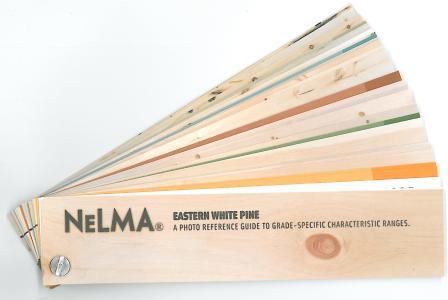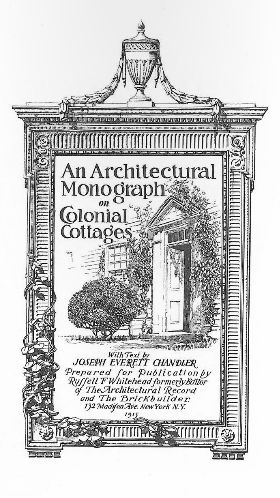Built sometime in the late 16th century, the ‘Montpelier’ house of Prince George County, Maryland was praised as a beautifully executed brick Colonial home in this 1930 edition of the White Pine Series of Architectural Monographs and still stands today, nearly a century later. It’s a great example of immaculately preserved early American craftsmanship, and was declared a National Historic Landmark in 1970.
Officially known as the Snowden-Long House, the mansion was constructed for a family whose wealth came from the iron forging industry, and remained in ownership of that family until 1890. It’s notable not just for its age and historic value, but for the many stunning hand-wrought decorative architectural elements that can be found inside.
There’s the plaster entablature in the hall with its ornamental frieze of wheat, fruit and flowers, and the unusual southeast drawing room with its carved wood mantel, wainscot, china closet and cornice. The author of this monograph notes that one of the most successful features of the home’s interior design is the asymmetry, something that adds a lot of character and is not often seen in modern homes.
The Montpelier House was shown off to the public in 1976 as part of national bicentennial celebrations, and has since become a tourist attraction that can be rented out for weddings, conferences and other events. Read more at the White Pine Monograph Library.






